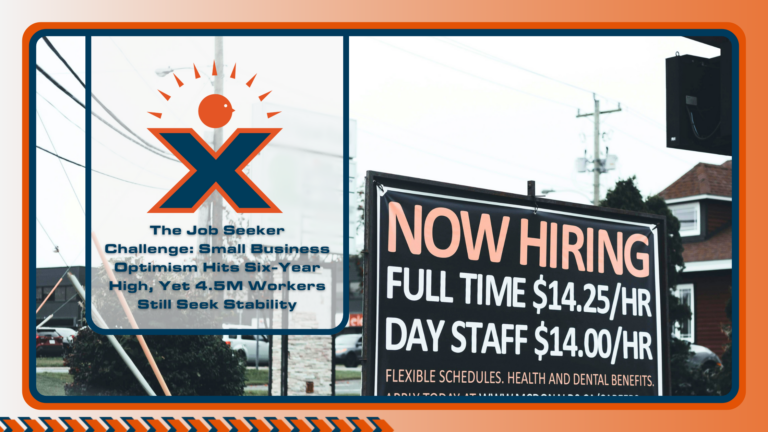There are roles waiting to be filled, wages rising, and yet many companies still can’t find the people to show up. The phrase talent access captures more than just a hiring issue—it reflects the growing divide between where jobs are created and where people can afford to live, train, and work. That divide isn’t theoretical. It’s backed by real data. And it’s slowing down everything from production lines to economic recovery.
What’s happening isn’t just about resumes or skillsets. It’s about whether the workforce can actually reach the roles being offered. And right now, too many can’t.
Talent Frozen in Place Isn’t the Same as Stable
Jobless claims are staying low—just 222,000 in mid-April, according to MarketWatch. But underneath that surface calm, hiring activity is stalled. Workers aren’t quitting. Employers aren’t expanding. Roles remain open longer, and churn has slowed to a crawl.
That kind of stagnation puts pressure on operations. A tight labor market without movement limits growth, especially in sectors looking to scale. With fewer people looking, the hiring pool narrows. The lack of activity isn’t from lack of interest—it’s because the flow of talent is blocked.
When the Jobs Are There But the Workers Aren’t
Mississippi County, Arkansas has a rising steel sector, driven by tariffs and domestic investment. As Reuters reports, steel-related work now makes up nearly a quarter of local employment. But there’s a catch: workers can’t easily relocate or commute because housing is scarce and amenities are limited. Some sleep in campers or drive hours to reach the plant.
No matter how competitive the wage, the lack of community infrastructure puts distance—literally—between job openings and qualified candidates. When businesses try to expand faster than the places they call home, they run straight into a barrier: access to people becomes the issue, not the number of roles.
The Manufacturing Slowdown Isn’t Just Economic
Meanwhile, data from the Richmond Fed shows a major dip in regional manufacturing activity. The composite index dropped to -13 in April. Employment also fell. Future expectations weakened further, signaling that employers aren’t optimistic about ramping up.
That mood reflects more than demand—it reflects hiring fatigue. Open positions with no takers lead to lost productivity. The workforce can’t expand if people can’t find ways to participate. One piece of the puzzle is clear: the access to talent isn’t keeping up with business needs.
One Root Problem with Many Faces
Across all three cases, the pattern is consistent. Whether hiring freezes in a tight labor market, growth stalls in rural industries, or manufacturing contracts in major regions, each points back to the same obstacle: talent access gaps.
When people can’t afford to move closer to jobs, or when training doesn’t match the technical skills required, the result is the same—positions stay empty. It’s not just about volume. It’s about reach. Businesses can’t afford to overlook the friction between job creation and community support.
Start Where the Talent Is
Hiring success starts long before a job posting goes live. If businesses want to fill roles with real talent, the work begins by understanding how far people have to go—literally and figuratively—to say yes.
It’s not just access to talent that matters anymore. It’s whether talent can access you. Ready to maximize your hiring staff’s potential? Contact NEXTAFF today! Come explore how our customized staffing solutions can drive your business forward. Learn More About Client Solutions Today!












